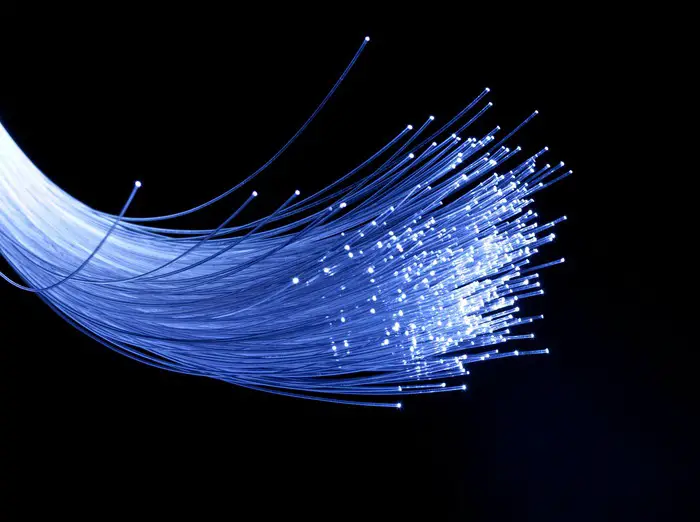Advantages and disadvantages of Fiber optic cable
A fiber optic cable is made by drawing glass or special type of plastic, which can transmit light from one end of the fiber to another end. Optical fiber cables use light signals to transmit data signals instead of traditional electrical signals. Twisted pair cables use electric current to transfer data signals.


Advantages of fiber optic cable
• Light has the fastest speed in the universe, so much faster signals.
• Fiber optic cables allow much more cable length than copper twisted pair cables.
• Fiber optic cables have a much more bandwidth than copper twisted pair cables.
• Since there is no electricity used, there is no electrical interference and related noise.
• Fiber optic cables are much more secure for data transfer, since it is very difficult to tap fiber optic cables.
• Fiber optic cables are much thinner and lighter than copper cables, so less weight.
• Fiber optic cables are made out of glass, so mass production is cheaper than copper cables. Copper is a costly metal.
Disadvantages of fiber optic cable
• Fiber optic cables are difficult to splice. Fiber optic splicing is the joining two fiber optic cables together. There can be data loss due to fiber optic cable splicing.
• Because of the physical nature of fiber optic cables, it can be damaged easily.
• If you bend fiber optic cables beyond a limit, it will break.
• Fiber optic cable is expensive to install. It needs costly splicing machines and trained specialists to install fiber optic cables.
